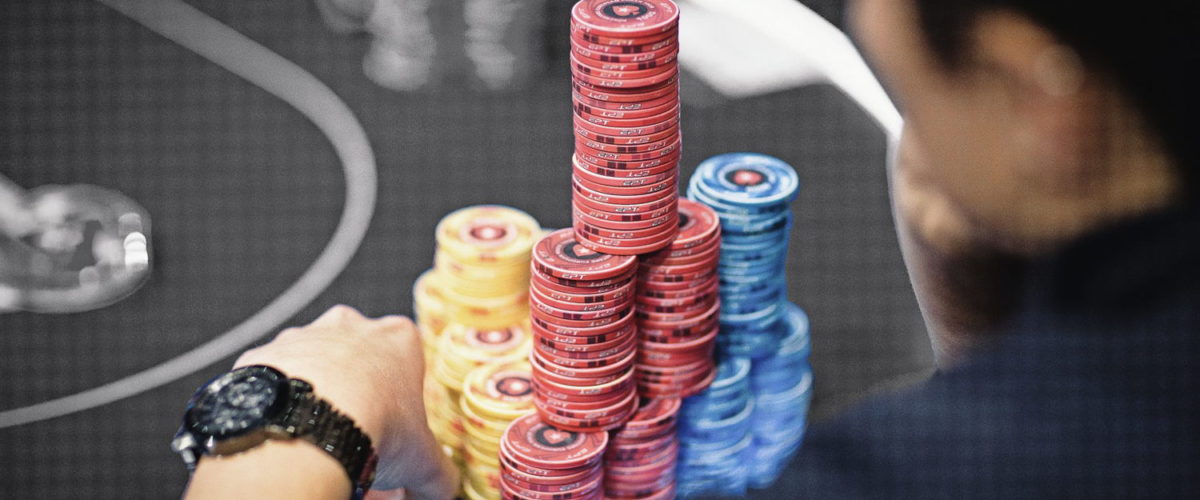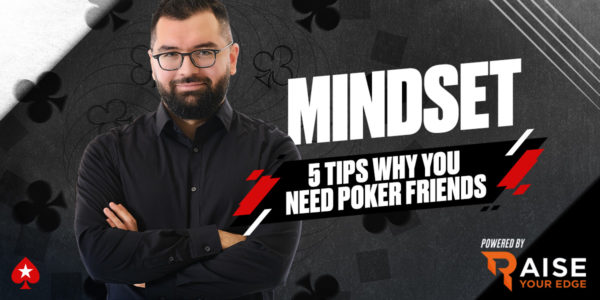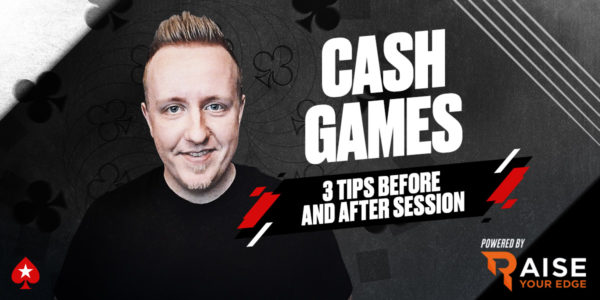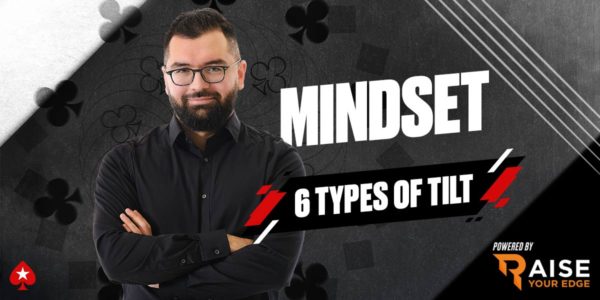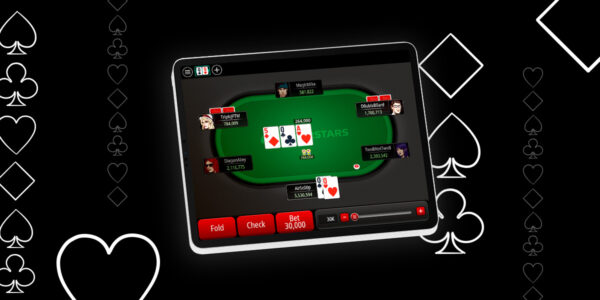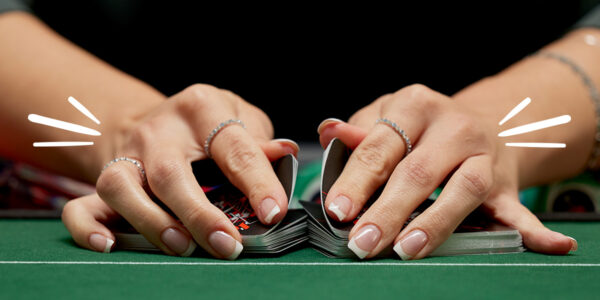The Game Theory of Board Texture: Part 2 – Low Unpaired Flops
Last time we explored Button (BU) vs. Big Blind (BB) confrontations in single raised pots on a low paired texture. We noted that because BU’s range had an equity advantage that he should bet very often. We also learned that the paired nature of the flop caused the BB’s range to usually miss the flop but hit very hard when it did connect. This meant that BU’s range did not have a nut advantage and so his sizing was not large. If any of this sounds alien, I would definitely recommend that you give Episode 1 another revision before reading on.
Today’s Flop – 862r
Like last time, we are examining another low rainbow board; only this time; the flop is unpaired. How does the removal of the pair and the addition of the third unique card affect BU’s recommended strategy?
Equity Advantage on 862r
Recall that pre-flop, the BU raiser holds a sizable range advantage over his out-of-position opponent. He has opened a range containing all of the best possible starting hands, whereas the BB has called a capped range which excludes the very best pairs (normally 99-AA) and the highest unpaired hands (AKs, AKo, AQs, AQo, AJs, KQs, KJs). This lack of power in big blind’s range means that BU gets to bet often on flops which do not change the pre-flop picture much. The previous flop of 882r was hard to hit and so big blind did not catch up much in terms of equity. On today’s 8♥6♦2♣ flop, however, there is an extra card for BB to hit a pair with. This will help a decent chunk of his range to ascend from the rank of high card to that of one-pair; bypassing all of the BU’s big cards (like KQo) in the process.
This means that although the BB does not make the nuts very often here and cannot readily beat an overpair; his equity is higher here than it was on the paired flop because he beats hands like AK more often now. BU has a lot of combinations of unpaired hands and the low board does not do anything for these cards. Thus, BB catches up in terms of range vs range equity – at least a bit.
This means that BU’s betting frequency will be lower than it was on the paired board as he is behind a bit more often now.
That said, it is a common fallacy to believe that this flop is better for the big blind player. Such a flawed belief is often based on the fact that BB calls some lower cards that make pairs here. Unfortunately for the pre-flop caller, pairs of eights and sixes are not a big enough part of his range to give him an advantage and BU still has many of these pairs too. It is true that BB pairs the flop a bit more often than BU does as a percentage of his range – because BU has more big cards that have missed than BB does, however, the massive block of overpairs in BU’s range is more than sufficient to ensure that his range retains the equity edge.
In fact, BU’s range has around 53% equity here vs. BB’s 47%. This might seem like a rather small edge; but it adds up big time in the long-term. What if you could flip a rigged coin for a dollar 1,000,000 times with a 53% chance of winning? How rich would you be on average by the millionth toss?
BU bets here 74% of the time according to my solver. This is normal given that he is ahead in equity and wants to deny equity to his opponent’s weak hands which will have to fold a lot more often than they would if the ranges were equal.
Nut Advantage on 862r
On the paired flop we looked at last time, the possibility of trips for the BB player had all but eliminated the pre-flop nut advantage BU enjoyed by holding the monopoly on the big pairs. The nut advantage had been equalised by the paired flop.
On 8♥6♦2♣, however, it is nearly impossible to outdraw an overpair. Unless BB has called the open raise with some garbage holding that he is supposed to fold, he will only have [88 (sometimes), 66, 22, and 86s here]. This is so few combinations that BU can almost pretend his big pairs are still the nuts – at least for now.
Remember that when your range enjoys a nut advantage, it wants to make big bets frequently in order to build a massive pot. If your hand rarely loses at showdown, it wants to inject as much money as possible and BU can balance these big value bets (eg. 99) with bluffs like JTo.
In theory, it pays to bet at least 75% of the pot with many hands when you hold the nut advantage.
Constructing a Checking Range on 862r
BU is supposed to check some hands here (26% of his range to be precise) and these are most commonly ones with some showdown value – meaning that they can win unimproved at showdown a fair amount of the time. Such hands have no ability to value bet and no need to bluff. The most frequently checked hand here for BU in game theory is A9o which has no backdoor flush draw and plenty of showdown value. The hand is so middling that checking it solves the problem of getting called by all and only better hands if we bet. That said, this spot is so good for the in-position player’s range that it is still viable to bet hands like A9o for protection. We saw last time that when our opponent had to often fold, we wanted to deny a lot of equity to his live cards. Therefore, betting even A9o here is fine in theory sometimes due to the EV it gains from folding out a hand like QJo.
As well as checking some mediocre ace-high, BU can also check behind sometimes with hands like second pair bad kicker as these too fall into the bluff-catcher bucket. Finally, air hands like K♠3♠ can be given up at some frequency but are also fine to bluff with on occasion. When your range is an equity favourite and you have position, there really is no such thing as a hand that is too bad to bluff!
Conclusion
Here is the range my solver provided when asked about this situation. Take a look and see if you can use it to strengthen your understanding of the theory we discussed today. Again, the colour coding is as follows:
Dark Red = Big Bet (75% Pot)
Light Red/Pink = Small Bet 33% Pot)
Green = Check

I’ll see you for episode 3 where we shall tweak the flop texture once more and observe the difference those changes cause in BU’s strategy.
Condimentum Nibh
Donec sed odio dui. Cras mattis consectetur purus sit amet fermentum. Vestibulum id ligula porta felis euismod semper. Curabitur blandit tempus porttitor.

